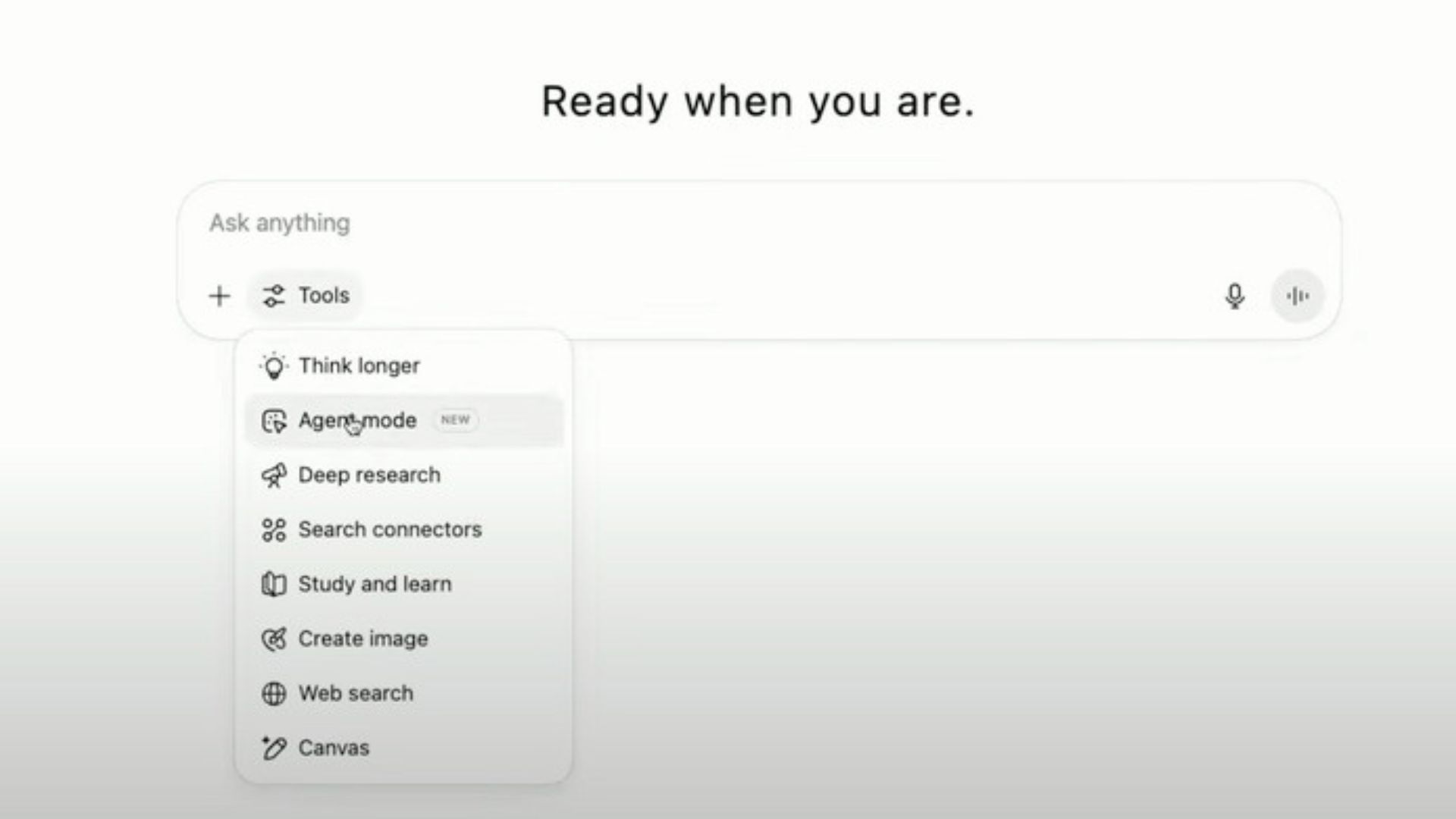table of contents
In April 2025, a dramatic cyber incident unfolded at a dam in Bremanger, western Norway. Hackers remotely accessed its control system, forcibly opening a valve that released 132 gallons of water per second for four hours before operators regained control. Though no injuries or damage occurred, this event marked a chilling shift — cyberattacks can now directly affect the physical world. Here’s why it matters to business owners and entrepreneurs, and how PsyberEdge stands guard for your critical infrastructure.
From Data Breach to Physical Disaster: The Power of Kinetic Cyber Operations
This event is a textbook case of kinetic cyber warfare — digital intrusions that result in real-world consequences. Unlike ransomware or phishing attacks that steal data, this sabotage directly manipulated a physical system to unleash uncontrolled water flow. The intention? Create fear, disruption, and proof of capability.
Norway’s counterintelligence chief, Beate Gangås, emphasized:
“The aim of this type of operation is to influence and to cause fear and chaos among the general population.”
This was the first publicly attributed infrastructure breach in Norway and a critical wake-up call for leaders around the world.
What We Know — Verified Facts
- What occurred: Hackers remotely opened a valve at a fish-farm dam in Bremanger, Norway.
- Flow rate: Approximately 132 gallons per second sustained over 4 hours.
- Location: A dam used for fish farming — not hydroelectric power — near Svelgen.
- Claim of responsibility: A pro‑Russian cyber group posted a video on Telegram, later verified.
- Severity: No injuries or physical damage, but a symbolic act of sabotage.
Why This Should Matter to You
Whether you run a tech startup or manage legacy infrastructure, this incident reveals three critical takeaways:
- Hackers can cause real-world chaos: Control systems for water, energy, HVAC, logistics — these are now battlefields.
- Security cracks create catastrophic risk: Weak passwords and internet-exposed control panels allow attackers to hijack systems like dominoes falling.
- Attacks damage public trust: Even when the impact is symbolic, the perception of vulnerability drives fear and operational disruption.
How PsyberEdge Protects Against Kinetic Cyber Threats
At PsyberEdge Strategies, we understand that today’s threats bleed through screens into real-world harm. Here’s how we help you prepare:
- Red Team Penetration Testing on Actual Controls: We simulate attacks on valves, PLCs, SCADA systems — not just software — to reveal vulnerabilities before real attackers do.
- OT Hardening and Zero Trust: We implement network segmentation, access control, and strong authentication to prevent unauthorized remote control of physical systems.
- Kinetic Incident Planning: We develop scenario-based tabletop exercises and war games for teams to prepare for real-world consequences.
- Compliance and Governance: We help you align with the latest security frameworks to reduce liability and prove resilience to partners, regulators, and investors.
Conclusion: The Wake-Up Call Businesses Can’t Ignore
This event shows kinetic cyberattacks are not just possible — they’re happening. A dam in rural Norway was remotely compromised using software, not explosives, proving just how dangerous digital vulnerabilities can be to physical infrastructure.
If your business relies on physical operations — even those as simple as HVAC, logistics, or water systems — you are a potential target.
PsyberEdge is here to help defend your physical backbone through offensive simulations, defensive security hardening, and compliance strategy. Do not wait for gallons per second to become the metric of your security wake-up call.









